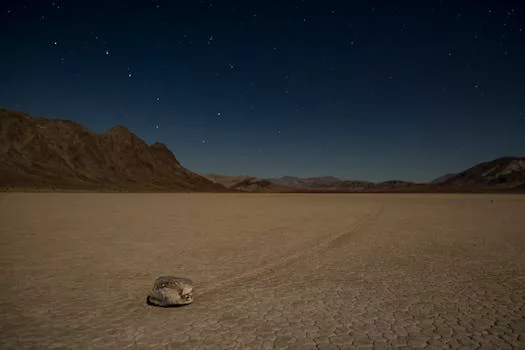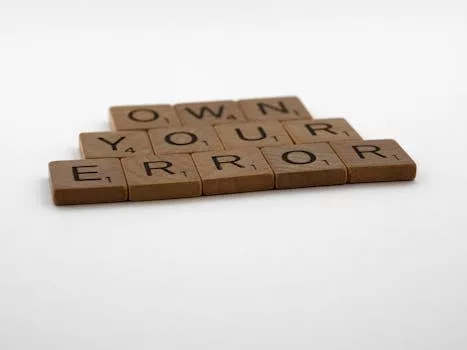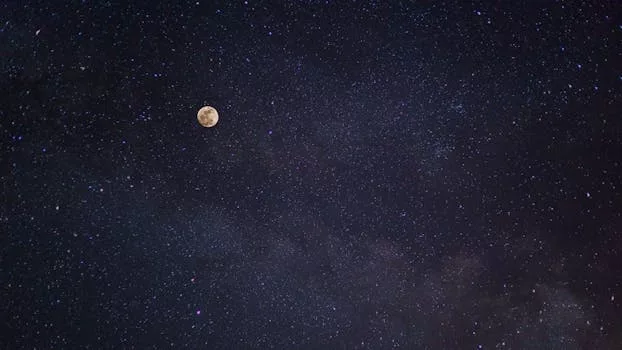
“
Introduction to Beyond the Milky Way: Imagining New Worlds and Possibilities
Beyond the Milky Way: Imagining New Worlds and Possibilities, as we embark on this journey, we are met with the infinite possibilities that lie before us. The Milky Way, our home galaxy, is just one of billions of galaxies in the observable universe, each containing billions of stars and potential planets. As we explore the cosmos, we are constantly reminded of the vastness and complexity of the universe, and the potential for new worlds and possibilities that lie beyond our galaxy.
Understanding the Milky Way
Before we can begin to imagine new worlds and possibilities, we must first understand our own galaxy, the Milky Way. The Milky Way is a barred spiral galaxy, consisting of hundreds of billions of stars, gas, and dust. It is estimated to be approximately 100,000 light-years in diameter, and is thought to contain between 200-400 billion stars. The Milky Way is also home to a variety of celestial objects, including planets, moons, asteroids, and comets. For a deeper dive into the cosmos, check out Cosmic Creativity: How Imagination Soars Beyond the Constellations.
Exploring New Worlds and Possibilities
As we venture beyond the Milky Way, we are met with the possibility of new worlds and possibilities. With the discovery of exoplanets, which are planets that orbit stars outside of our own solar system, we are presented with the potential for new life and new civilizations. The discovery of exoplanets has also raised questions about the possibility of a multiverse, where multiple universes exist in parallel to our own. This exciting exploration aligns with themes discussed in Galaxies of Dreams: How Imagination Transcends the Night Sky.
Takeaways
- The Milky Way is just one of billions of galaxies in the observable universe.
- The potential for new worlds and possibilities lies beyond our galaxy.
- The discovery of exoplanets has raised questions about the possibility of new life and new civilizations.




